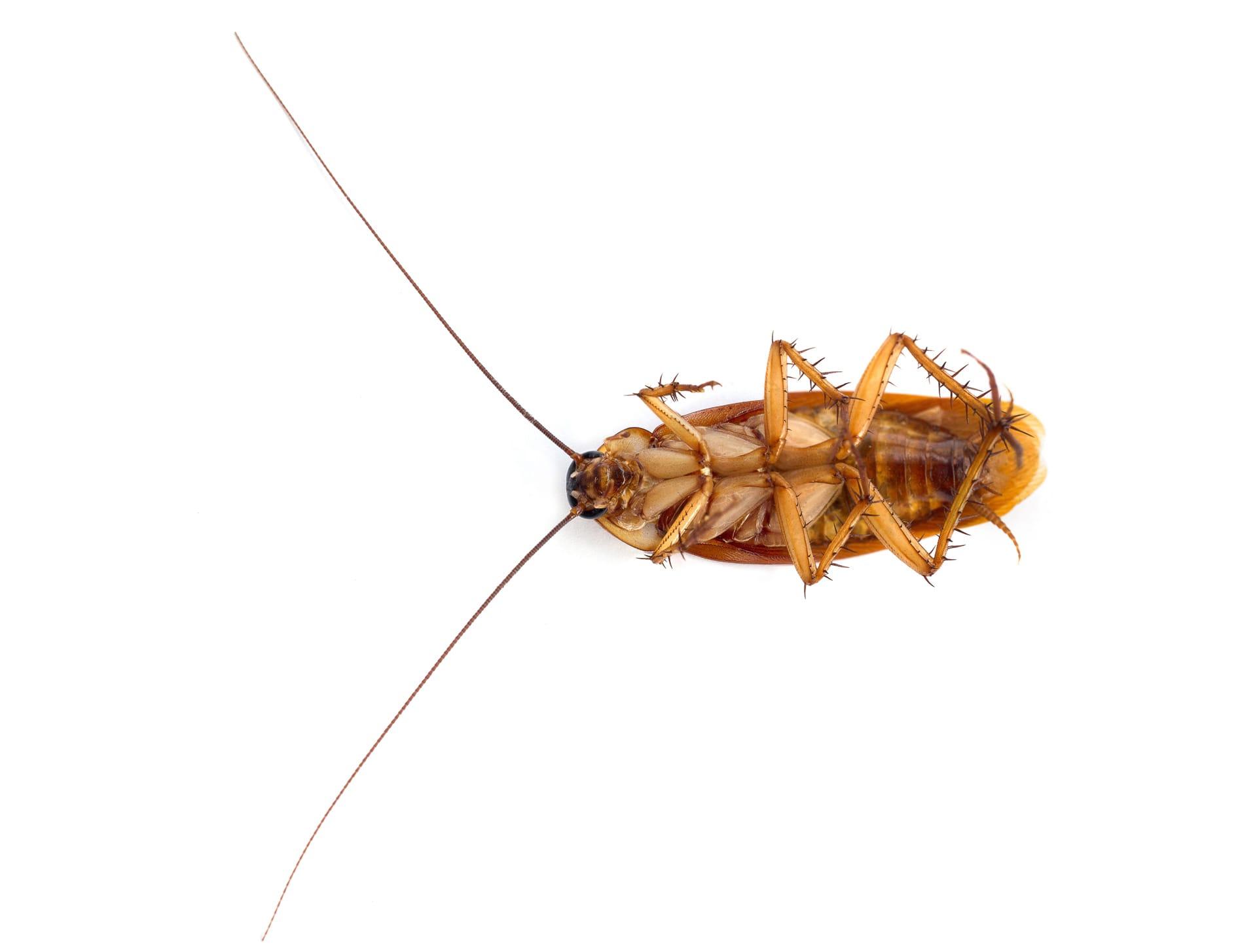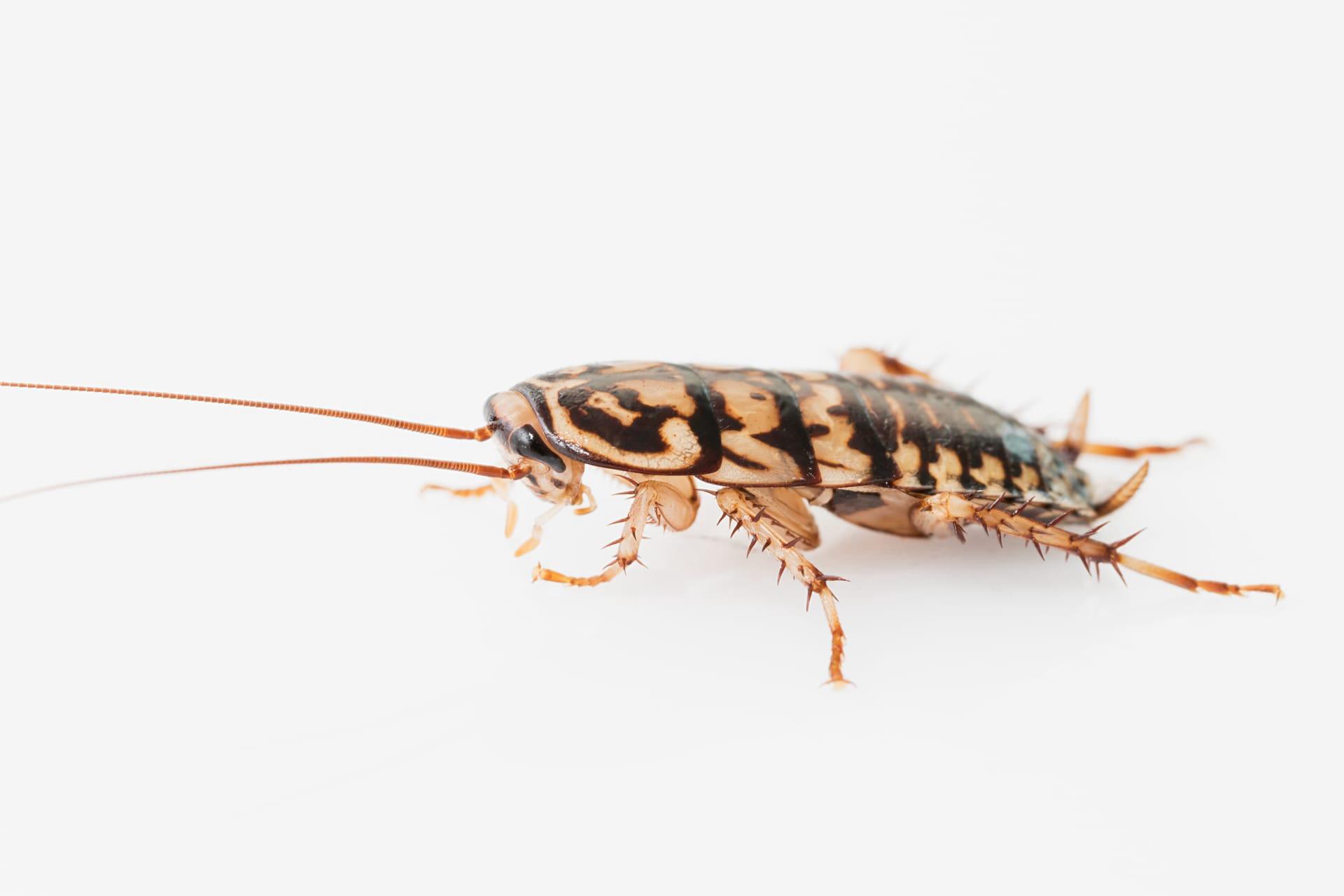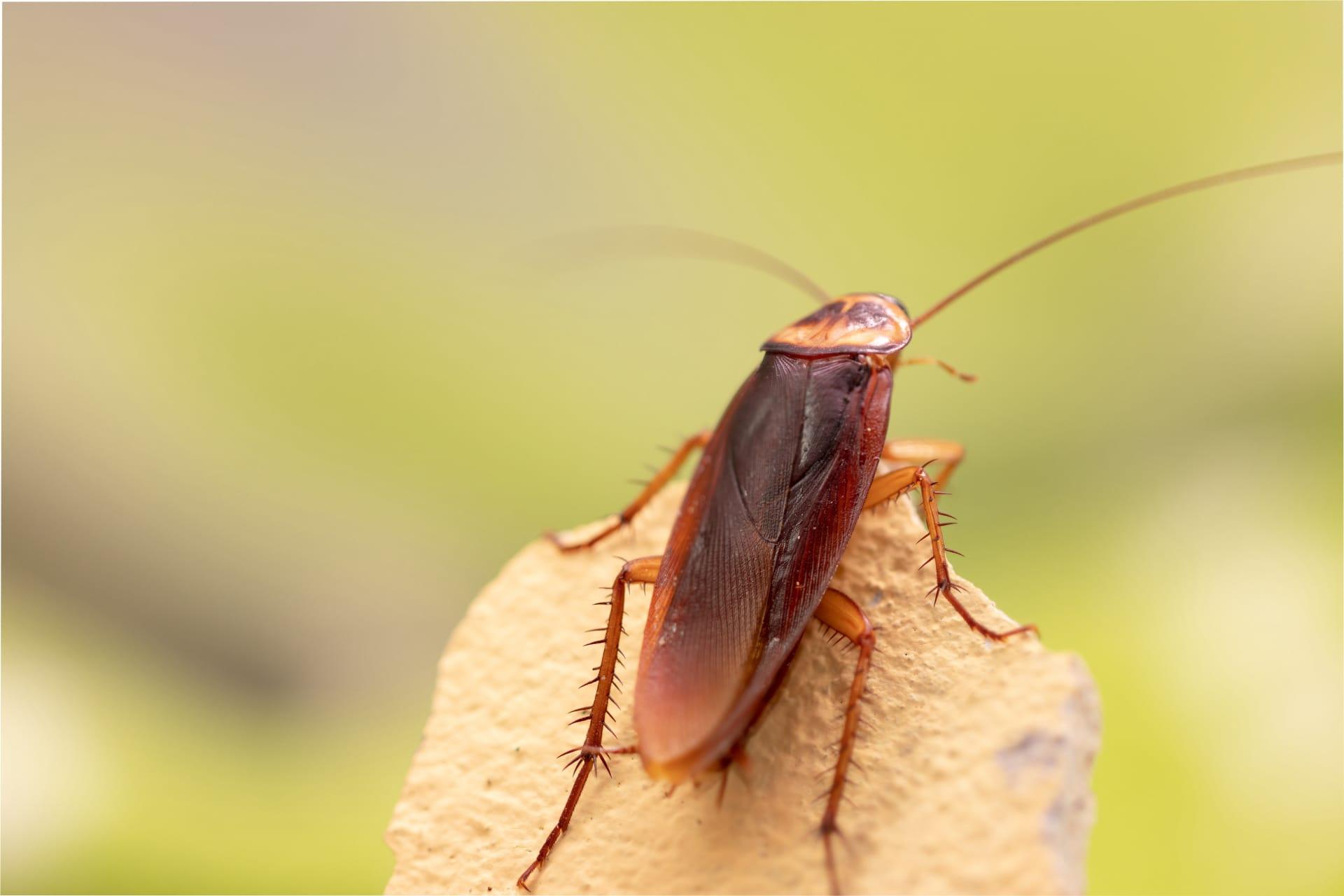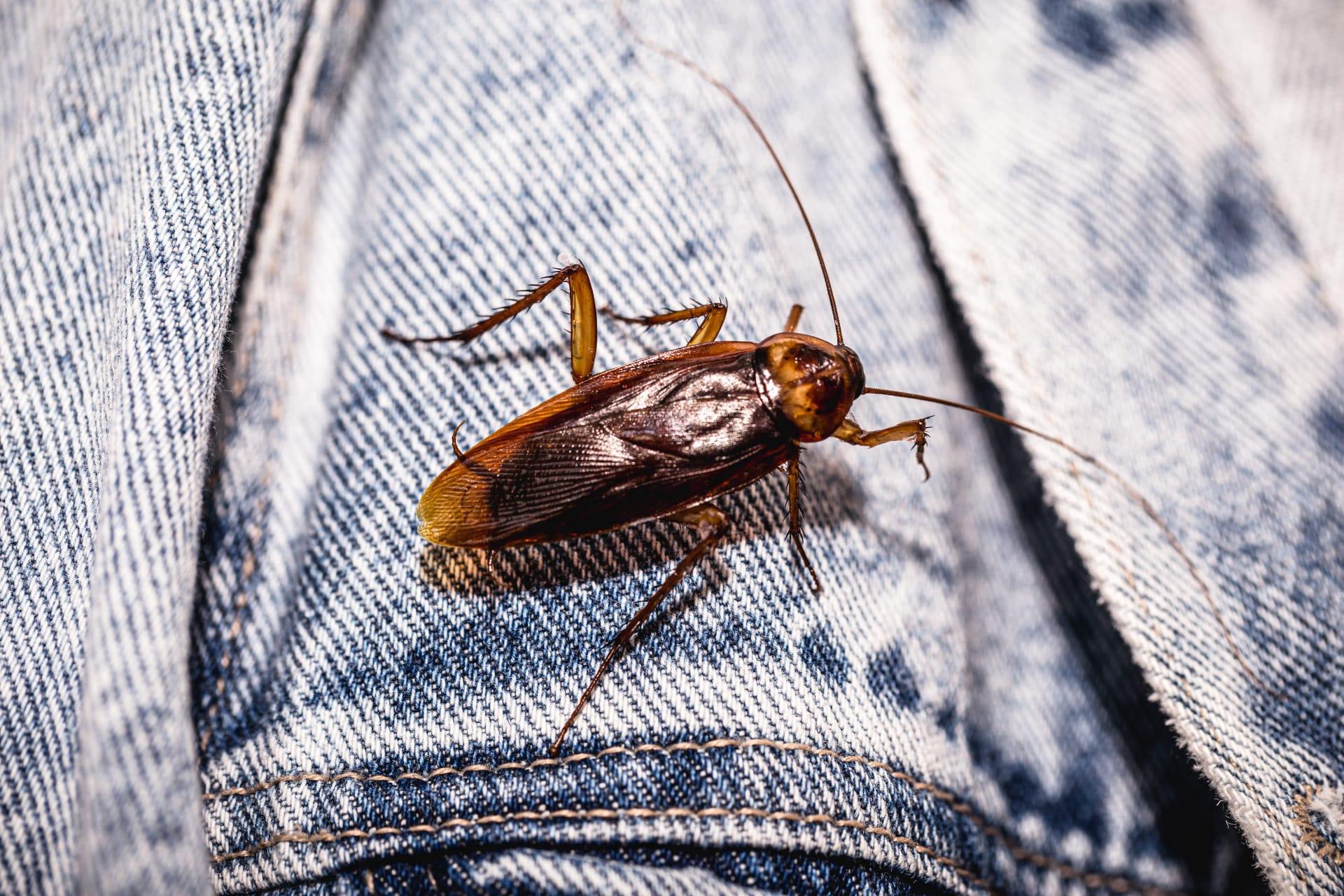Cockroach Characteristics
- Home /
- Mini Encyclopedia /
- Animal /
- Cockroach Characteristics
1
Cockroaches, those resilient creatures often seen scurrying away when you flip on the kitchen light, boast a variety of fascinating physiological features. For starters, their size can vary greatly depending on the species, with some measuring just over a couple of millimeters, while others grow to more than 3 inches in length. As for their lifespan, it's equally varied; some species live for a few months, others can survive up to 2-3 years, which is quite impressive for insects. This durability is partially due to their simple needs and adaptable diet, ranging from food scraps to paper.
One of the most remarkable organs in a cockroach is its cerci, located at the base of its abdomen. These hair-like appendages are super sensitive to slight air movements, effectively giving cockroaches a sixth sense that alerts them to danger approaching from behind, such as a looming shoe. When these cerci detect the slightest change in air current, they send a lightning-fast signal to the roach's legs to start running, often before the threat even knows what's happening. This quick response is one reason why cockroaches are notoriously hard to catch.

2
Question: Why do cockroaches often survive extreme conditions, like nuclear fallout?
Answer: The resilience of cockroaches to extreme conditions, including the mythic survival through nuclear fallout, boils down to their simple biological makeup and extraordinary adaptability. Scientifically speaking, cockroaches have a high resistance to radiation compared to humans, thanks to their slower cell cycle. Human cells are constantly dividing, making them more vulnerable to radiation, which damages DNA during cell division. Cockroaches, however, have cells that divide at a much slower rate, meaning they're less likely to incur fatal damage. Additionally, their ability to survive on minimal resources and their general hardiness contribute to their reputation as ultimate survivors.

3
Cockroaches are renowned for their speed and agility, which are key to their survival. These insects can sprint at speeds up to 3 miles per hour, which might not sound like much until you consider their size. When scaled up to human proportions, it's like running at a blistering 200 miles per hour. This incredible speed, combined with their ability to turn on a dime, makes cockroaches adept at evading predators and thriving in various environments.
When it comes to feeding, cockroaches are not picky eaters. They are omnivorous scavengers, meaning they'll consume just about anything organic, from food scraps and paper to glue and hair. This dietary flexibility allows them to survive in a wide range of environments, from tropical forests to urban kitchens. Their ability to digest a vast array of substances is facilitated by a diverse microbiome within their guts, which helps break down complex materials that would otherwise be indigestible.

4
Cockroaches prefer warm, humid environments and are often found in environments where humans reside, capitalizing on the abundance of food and shelter we inadvertently provide. They thrive in cracks, crevices, and any nooks where they can remain undisturbed during the day, emerging at night to forage. Their preference for darkness and moisture leads them to bathrooms and kitchens, which offer ideal conditions for their secretive lifestyle.
Reproduction among cockroaches is a highly efficient process, ensuring their persistence across generations. Females can produce a large number of eggs in their lifetime, encased in protective structures called oothecae. Depending on the species, a single ootheca can contain anywhere from 16 to 50 eggs. Some species of cockroaches exhibit maternal care, with the female carrying the ootheca until the eggs are ready to hatch, ensuring a high survival rate for her offspring. This reproductive efficiency, combined with their adaptability, makes controlling cockroach populations quite challenging.

5
Book: "American Cockroach" explores the fascinating world of one of the most common and resilient cockroach species found in the United States. Delving into the history, behavior, and adaptability of these insects, the book sheds light on their role in the ecosystem and their interactions with humans. Through engaging narratives and scientific insights, the author, an entomologist with decades of experience, offers a comprehensive overview of the American cockroach, aiming to demystify this often-maligned creature.
Book: "The Secret Life of Cockroaches" presents an in-depth look into the lives of cockroaches around the globe. This book, authored by a renowned biologist, explores various species of cockroaches, their evolutionary history, and their incredible survival strategies. From their ability to withstand harsh environments to their complex social behaviors, the book provides a captivating exploration of these insects, challenging the negative perceptions and highlighting their ecological importance.